Bichon Frise history
The origins of the beloved Bichon Frise take us on a journey across the sparkling waters of the Mediterranean. Although no one knows exactly where this charming breed first appeared, the most accurate theory points to the Phoenician traders—those ancient merchants from the lands we now call Syria, Lebanon, and Israel. These traders saw an opportunity: a small, adorable white dog perfect for trade across the seaports of Europe and Africa.
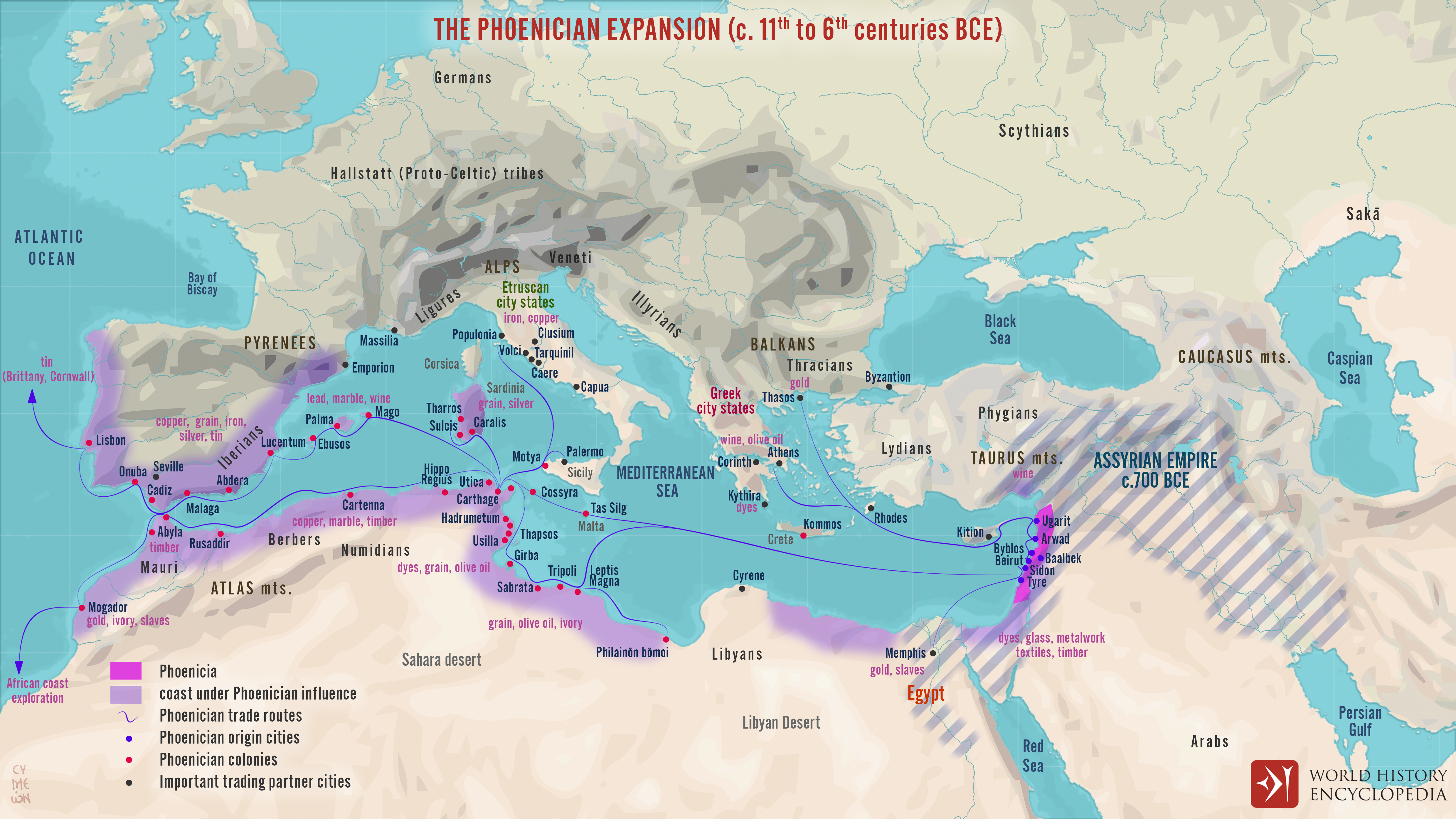
Back then, the Bichon had no fancy name. It was simply known as a “small white dog” until fate and history gave it more.
By the 13th century, European travelers found this little treasure on the Tenerife Islands, part of today’s Canary Islands. Enchanted by its lively spirit and fluffy appearance, they brought it back to Spain, Italy, and France, where it quickly captivated the nobility.
For nearly 300 years, the Bichon lived a life of luxury alongside kings, queens, and aristocrats. Trade and war had made many families rich, and with wealth came extravagant fashions—ornate clothing, towering hairstyles, and of course, perfectly pampered pets.
So much so that a new French word, bichonner, meaning “to beautify, pamper, and groom,” was born to describe the special treatment given to these fluffy companions.
During this time, the Bichon earned several names:
Tenerife Bichon
Tenerife Terrier
Barbichon (derived from barbiche, meaning “beard” in French)
Eventually, these names evolved into what we know today as the Bichon.
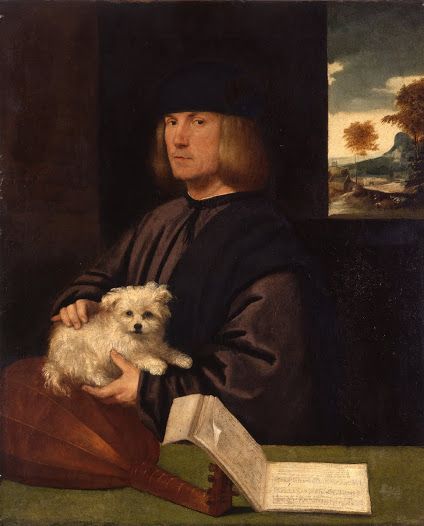
In the 15th century, the Bichon reached new heights of fame thanks to King François I of France (1494–1547), who introduced it to his royal court. Later, King Henry III (1574–1589) made the Bichon even more fashionable, famously carrying his beloved dogs in a basket tied around his neck!
Bichons were so popular that artists painted noble families proudly posing with their fluffy companions—a true symbol of prestige and elegance.
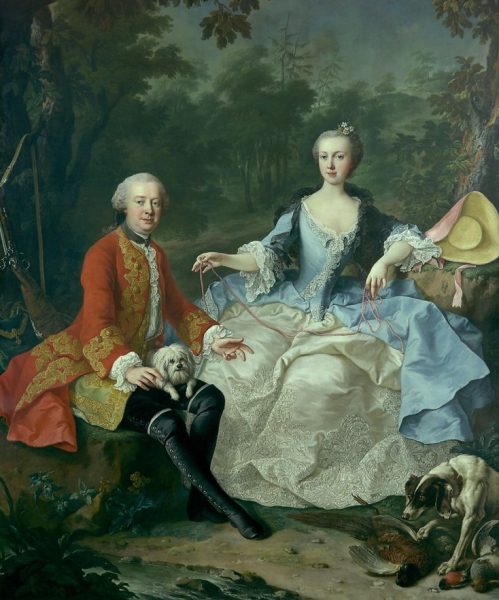
However, the French Revolution of 1789 changed everything. As the aristocracy fell from power, many Bichons found themselves abandoned in the chaos. Some accompanied their owners to prison; others were left to survive on the streets.
Despite these hard times, the Bichon’s charm didn’t go unnoticed. Its playful tricks, cheerful dances, and lovable personality captured the hearts of circus managers, who quickly saw its potential. Bichons became popular performers, delighting crowds across Europe with their intelligence and showmanship.
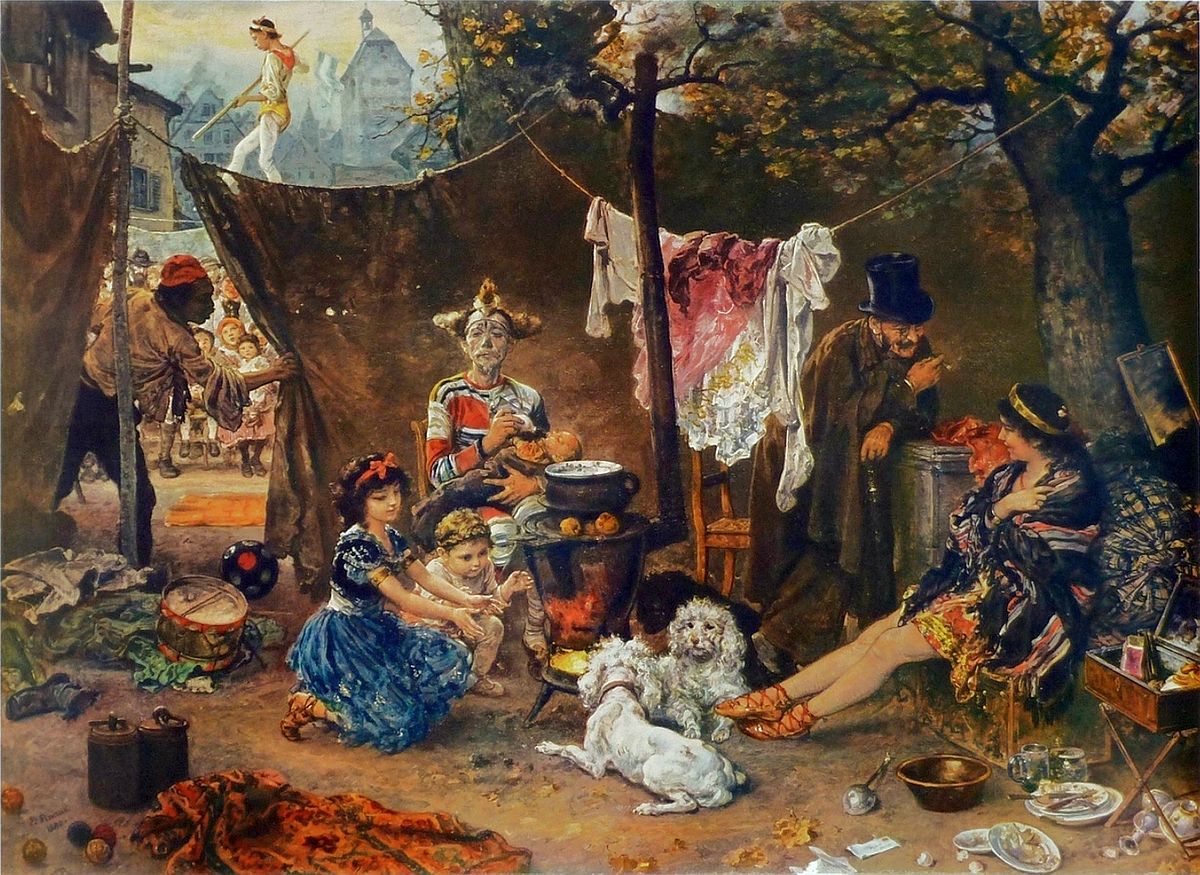
It wasn’t until 1933 that serious efforts to restore the breed began in Belgium and France. Enthusiasts rescued Bichons from circuses and streets, carefully breeding them back to their former glory. That year, they were enrolled in the French Société Centrale Canine, and by 1934, officially registered under the name Bichon Frisé (Bichon à poil frisé, meaning “Bichon with curly hair”) in the French Kennel Club.
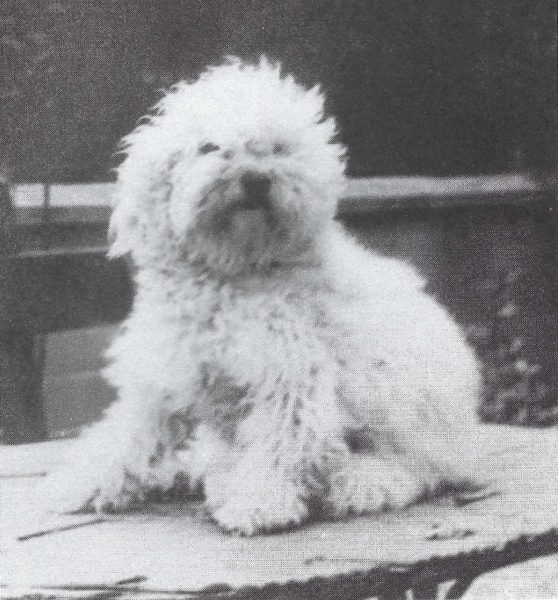
The next great chapter began in 1956, when Bichons made their way to the United States. It took a little time, but by 1971, the American Kennel Club officially recognized the breed.
This opened the door for Bichons to compete in dog shows nationally and internationally, steadily growing their reputation as one of the most adorable and desirable breeds in the world.
Today, the Bichon Frise is loved not only for its cheerful, affectionate nature but also for its hypoallergenic coat and easy-going attitude with children. These wonderful qualities have firmly placed the Bichon Frise among the most sought-after dogs globally, winning hearts wherever those little white paws wander.
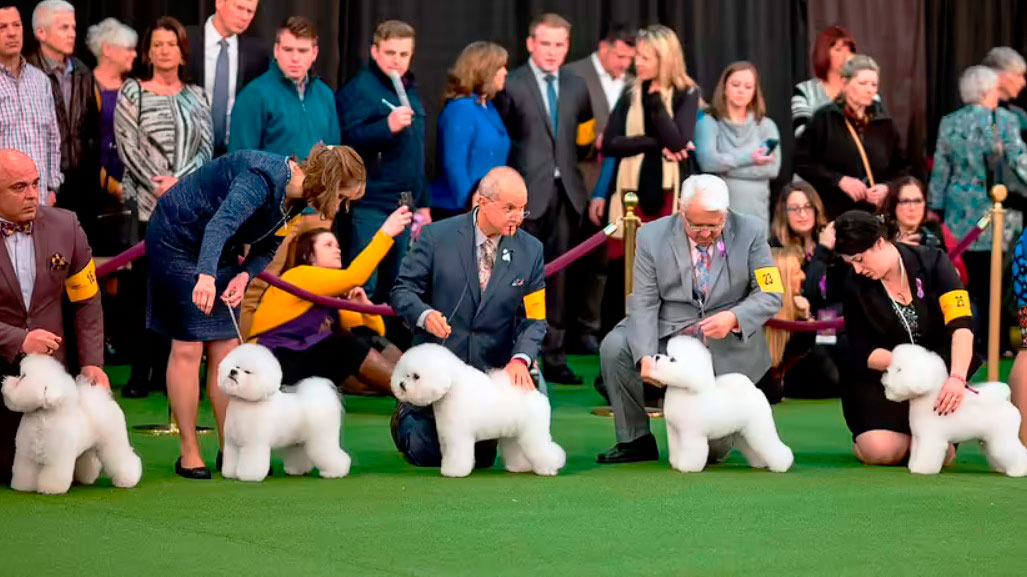
Bibliography:
American Kennel Club. (2022). Bichon Frise. Recovered from: https://www.akc.org/dog-breeds/bichon-frise/
Barbara S. (1990). The complete Bichon Frise. United States of America: Howell Book House.
Editorial Albahri. (2015). Entre oriente y Occidente: Revista independiente de estudios históricos. Recovered from: https://www.academia.edu/11864634/La_colonizaci%C3%B3n_fenicia_en_las_islas_Canarias_Una_cuesti%C3%B3n_a_debate
Editorial Dogs Queensland. (2022). Dog World. Australia. Recovered from: https://issuu.com/dogs_queensland/docs/dog_world_january_2022_lr?e=24748608/91055379
Joshua M. (2018). Phoenicia. World History Encyclopedia. Recovered from: https://www.worldhistory.org/phoenicia/
Lexiann G. (2006). The Bichon Frise. United State of America: Terra Nova.
Salim K. (2022). History of the Phoenicians. Recovered from: https://phoenicia.org/history.html
Westminster Kennel Club. (2016). Bichon Frise. Recovered from: https://www.westminsterkennelclub.org/breeds/bichon-frise
